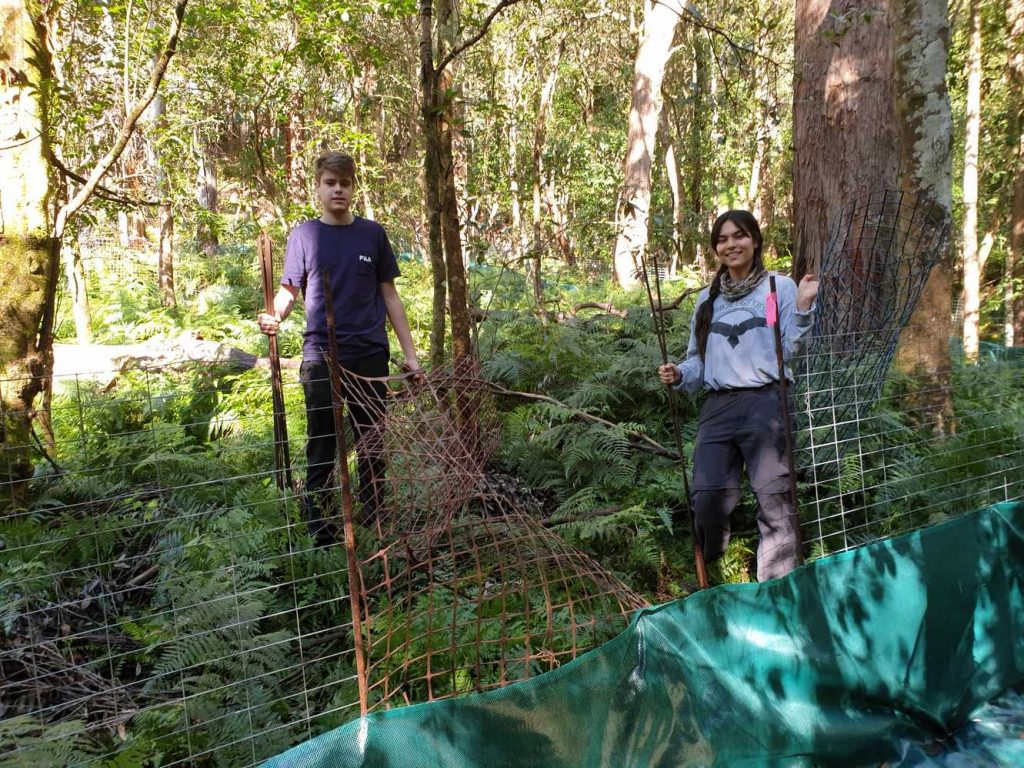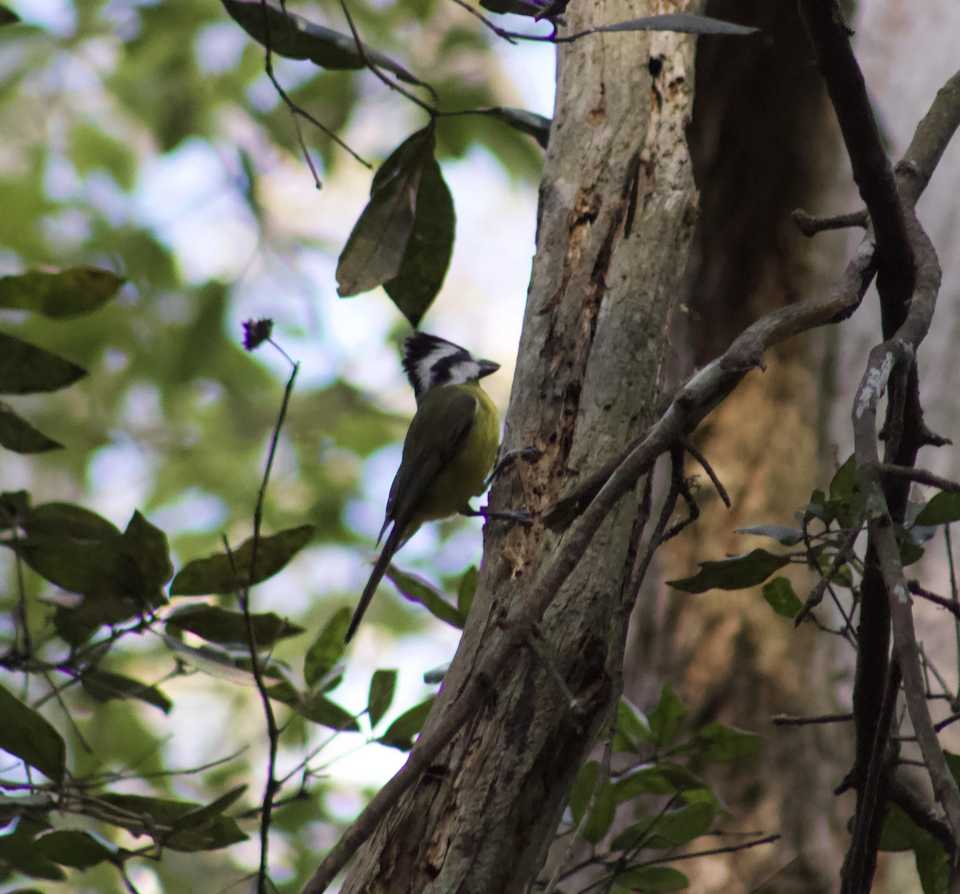A mid-year update
The extreme storm last November felled many large trees on top of the fences which had been protecting young trees and shrubs from wallaby browsing. Council’s Operations Department had an enormous task cleaning up post-storm damage from November to February and it was only recently that they have been able turn their attention to bushland and assist with chain-sawing branches and repairing some fences in KFFR.
Funds donated to Ku-ring-gai Bat Conservation Society’s Gift Fund were passed on to Council to employ a contract team to repair and extend more exclusion fences during the Covid-19 lockdown when Bushcare was suspended. KBCS greatly appreciated the assistance of Pierre, now an experienced Bushcarer, who guided the contract team to the areas needing repairs.
Bushcare Volunteer numbers had dwindled to three in recent years but this year we, the old hands, were thrilled to be joined by five new volunteers – Jeanna, Mina, Theo, Cecilia and Shu.

Grey-headed flying-foxes occupied a larger area of the reserve this summer than in recent years. The camp extended below Taylor Street down the gully then spread out along and across Stoney Creek. Monthly estimates of numbers were 22,000 in February, 18,000 in March, 13,000 in April, 2,000 in May, then the camp was empty through June and July. Some winters they stay and other winters go off to find better food elsewhere.
Their absence does give the bush regenerators a chance to remove weeds such as madeira vine, palm and cestrum seedlings. On this Bushcare site we are retaining privets and tradescantia to maintain a moist environment for the flying-foxes, while establishing more native tree and shrubs in the exclosures.
Exciting bird observations
A first sighting for this reserve was made by Theo. On 23rd June he saw a crested shrike-tit and managed to record this unusual sighting with this photo.

Perhaps the drought and bushfires caused this bird to find this alternative habitat. Crested shrike-tits use their strong beaks to dig insects and spiders from holes in tree trunks and rolls of bark. Theo also so a rose robin the same day. Eastern yellow robins are residents of the reserve while rose robins visit occasionally.
Our Bushcare team was out of action for a few months because of the Covid-19 lockdown, but it’s been an exciting resumption recently with enthusiastic new volunteers and a new, very unexpected bird to add to our fauna list.